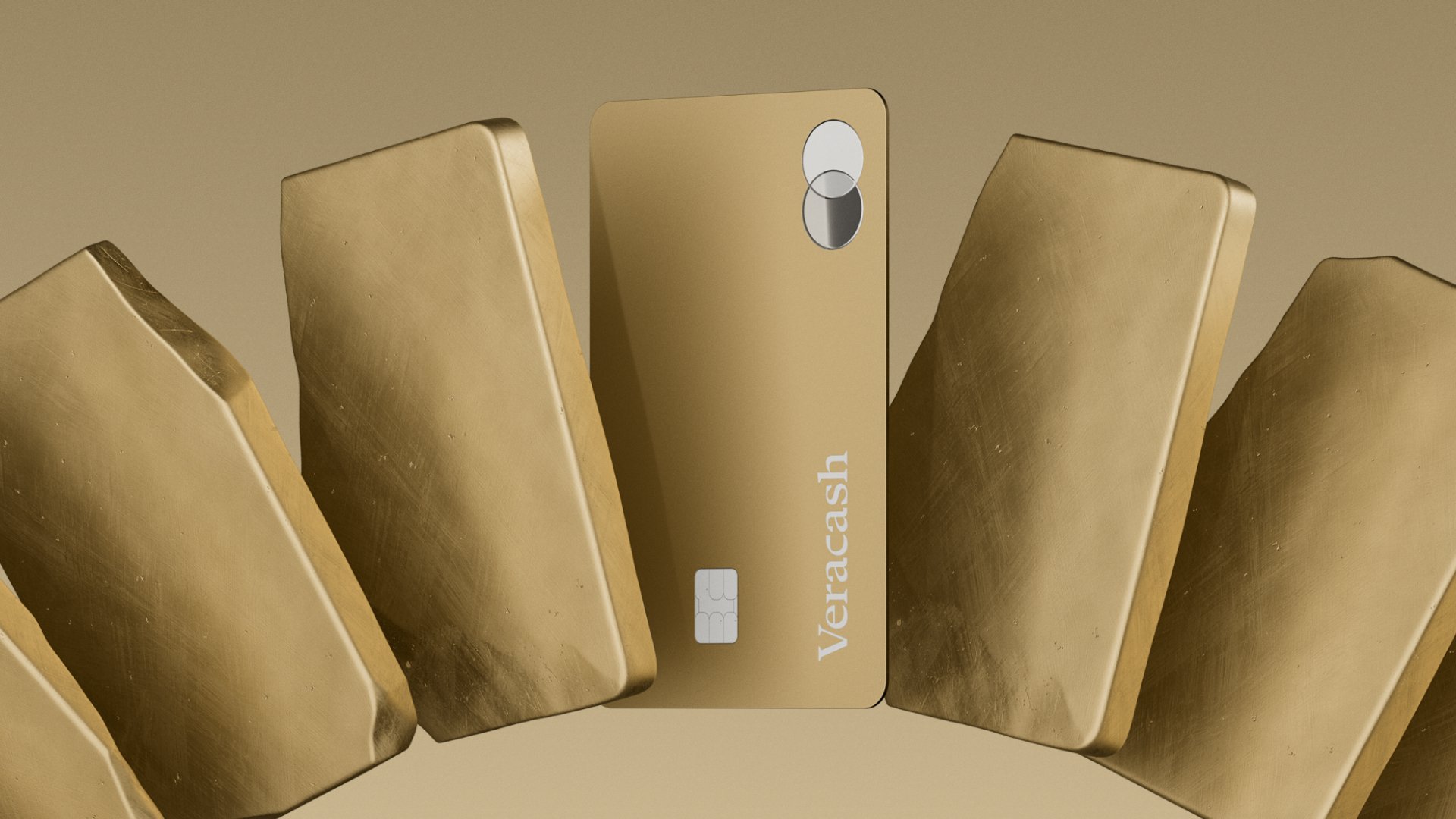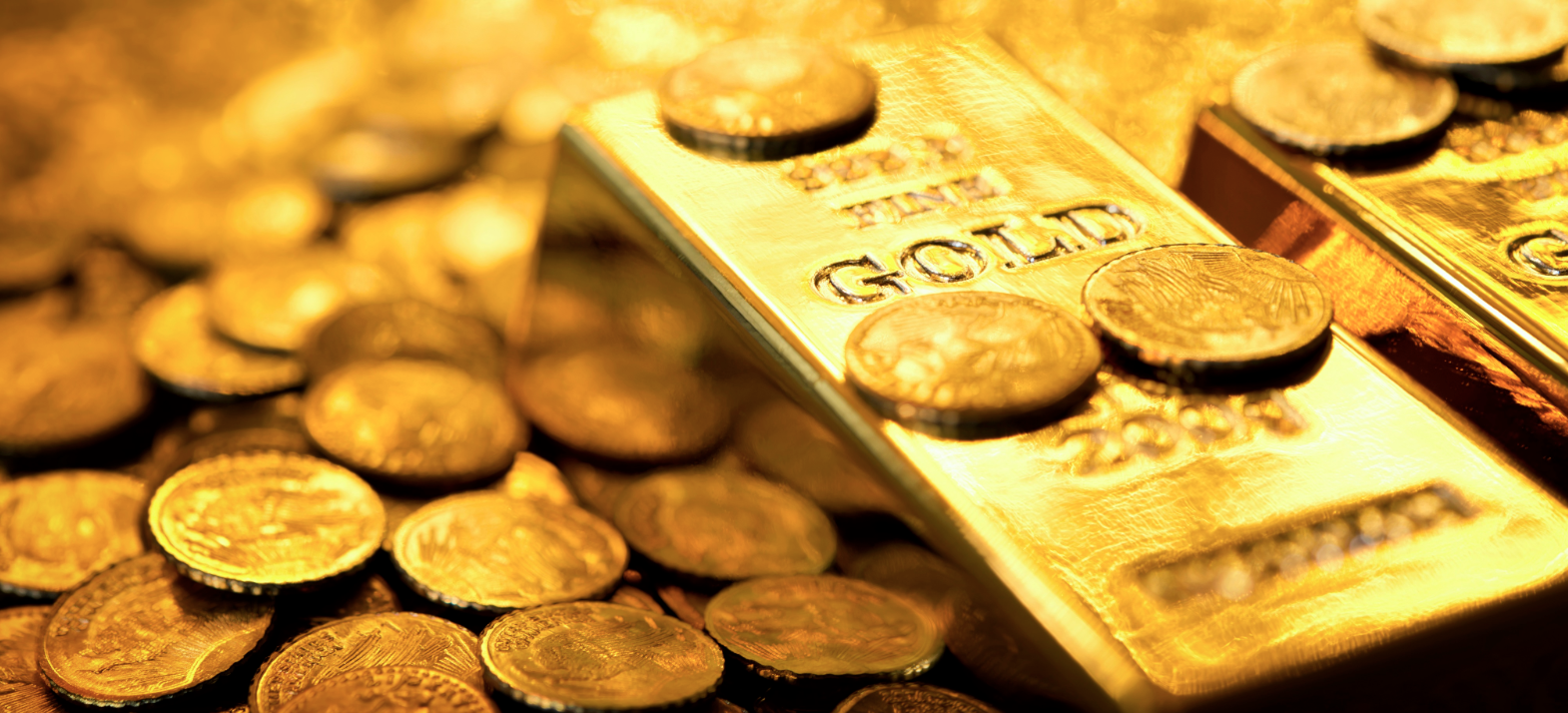When’s the last time you paid for groceries with a gold coin?
Unless you’re living in some alternate reality where we’ve time-traveled back to the 1800s, the answer is probably “never.”
And that’s the fundamental problem with precious metals as an investment: they’re incredibly stable and valuable, but you can’t exactly hand over a silver bar at the checkout counter.
Gold and silver have been stores of value for thousands of years, long before modern currency even existed. They’ve survived countless economic collapses, political upheavals, and currency devaluations.
But here’s the catch – they’re not particularly convenient for everyday transactions. You can’t swipe a gold ingot at Starbucks, no matter how much you might want to.
So how do you bridge this gap? How can you enjoy the security and stability of precious metals while maintaining the convenience of modern payment methods?
Enter the gold debit card, a financial tool that’s been gaining traction among investors who want the best of both worlds.
Basics of Asset Diversification
Before we dive into the mechanics of gold backed debit cards, let’s talk about why you might want one in the first place. The concept boils down to a fundamental principle of wealth management: diversification.
Recent years have delivered a cascade of economic and geopolitical shocks that would make even the most optimistic investor nervous.
From pandemic-induced market volatility to inflation rates that haven’t been seen in decades, the financial landscape has been anything but stable. These conditions have renewed interest in diversifying assets beyond traditional fiat currency.
What exactly is fiat currency? It’s money issued by a government that has value primarily because the government maintains it and people trust it. Think US dollars, euros, or British pounds.
Unlike commodity money, fiat currency isn’t backed by physical assets like gold or silver – it’s essentially valuable because we all agree it’s valuable. That collective agreement works wonderfully until it doesn’t.
When you’re looking to diversify beyond fiat currency, you generally have two main options: crypto and precious metals.
Crypto has certainly proven popular with investors, and despite its notorious volatility, it’s demonstrated remarkable resilience over the years. However, it’s probably not the basket where you want to put all your eggs.
Unlike cryptocurrency, which is becoming increasingly accepted as a payment method, options for making purchases with gold bullion or silver coins remain somewhat limited. This lack of liquidity has prompted financial institutions to create gold backed debit cards.
How Gold Backed Debit Cards Work
The mechanics of a gold backed debit card are surprisingly straightforward, though they involve a few more steps than your standard checking account debit card.
When you use a regular debit card, your bank logs the transaction and withdraws the money from your account balance. With a gold backed card, the process is similar but includes an additional conversion step.
When you swipe your gold debit card at a store, your bank converts the purchase amount from fiat currency to its equivalent value in gold or silver, then withdraws that amount from your precious metals storage account.

Gold remains one of the world’s most sought-after precious metals and was used as currency for centuries, though using it directly in daily transactions is no longer practical.
The real work happens during the setup process. First, you’ll need to establish an account with a financial institution that offers goldbacked debit cards. You’ll then purchase gold or silver to fund your account.
Some banks and companies require minimum deposits ranging from $100 to $500, though this varies by provider.
Here’s an important detail: due to the logistics involved in transporting and securing physical gold or silver bullion, most banks that offer gold debit cards require you to purchase your precious metals directly through them.
You can’t just show up with a bag of gold coins you’ve been collecting in your basement (though some services do allow you to transfer existing holdings, albeit with some logistical complexity).
When you make your deposit, the bank sets aside your purchase in a secured vault. Most companies that issue gold backed debit cards store their precious metals in Switzerland, which makes sense given the country’s long-standing reputation for banking security.
Once these steps are completed, you’ll receive a debit card linked to your precious metals storage account. From that point forward, you can use it just like any other debit card—swipe it at stores, use it for online purchases, or withdraw cash from ATMs.
Where to Get a Gold Debit Card
As demand for liquid precious metal assets has grown, several banks and companies have developed streamlined services where users can set up accounts, purchase gold and silver, and receive debit cards linked to their precious metal holdings.
Before we explore specific options, here’s an important caveat: if you’re a US citizen or permanent resident, many of these services may not be available to you due to US banking laws.
The regulatory environment in the US creates significant hurdles for gold backed financial products, which is yet another reason why international diversification matters.
VeraCash: European-Focused Precious Metals Banking
VeraCash offers another user-friendly option with account management through a streamlined mobile app and purchases made with a Mastercard-linked debit card. The company uses a unique system for managing its gold backed accounts.
When you make your initial deposit, your fiat currency is automatically converted into grams of precious metals. However, your balance is displayed in VeraCash units that are equivalent to euros, which simplifies the mental math when you’re making purchases.
VeraCash doesn’t charge much in transaction fees and doesn’t require a minimum balance, which sounds great on the surface.
Yet the purchase management fees are fairly steep. The company takes a 3% commission on all gold purchases, 7% on silver, and 10% on diamonds. There are also various misc fees, including card re-issuing charges.
For people in the Eurozone who are just beginning to invest in precious metals, VeraCash represents an interesting option.
Just keep in mind that those fees can add up quickly, particularly if you’re planning to make large purchases. The 3% gold commission might not seem like much, but on a $10,000 purchase, you’re immediately down $300.
OneGold: A Rewards Card Approach
OneGold takes a different approach with its bullion card, which functions as a rewards credit card rather than a traditional debit card.
The points you generate through everyday purchases are redeemed in your OneGold investment account, where you can use them to invest in gold, platinum, and silver.
While it’s technically a credit card rather than a debit card, the OneGold bullion card offers several benefits including travel accident coverage, lost luggage reimbursement, and roadside assistance.
Notably, this card also supports contactless payments through Apple Pay, Samsung Pay, and Fitbit.

Gold debit cards let you spend funds tied to your gold holdings by converting the metal’s value into local currency at the point of purchase.
Indeed, OneGold’s approach represents a novel way to accumulate vaulted metals at relatively low cost, though you’ll need to be disciplined about paying off your balance to avoid those interest charges.
Glint: User-Friendly Gold Banking
If you want to manage your gold backed debit card from an intuitive mobile app, Glint deserves serious consideration. This UK-based company has built its reputation on making gold investment accessible to newcomers.
Glint’s app allows users to make purchases and fund their gold debit card with minimal hassle. The company charges a reasonable 0.5% fee on all gold purchases and fiat currency exchanges, which is competitive compared to many traditional precious metals dealers.
One of Glint’s most attractive features is the absence of a minimum investment requirement. This makes it an ideal option for investors who want to test the waters before fully committing significant capital.
The platform accepts British pounds, US dollars, and euros, with digital wallets that can also be used for peer-to-peer transactions.
The app interface is clean and straightforward, which matters more than you might think. When you’re dealing with precious metals and currency conversions, complexity can lead to costly mistakes.
Wahed: Shariah-Compliant Gold Banking
Wahed, a US-based FinTech company, has launched a gold backed debit card specifically designed for the Muslim community. The card allows users to make purchases using assets stored in an exchange-traded gold commodity.
Many Muslims prefer to hold cash rather than open traditional bank accounts due to religious prohibitions against earning interest. However, holding cash erodes its value over time, especially during inflationary periods. Wahed addresses this challenge by offering a stable deposit-based product that reflects the current value of gold rather than promising returns through interest payments.
The card is Shariah-compliant and consistent with Islamic financial principles, making it an attractive option for investors who want to align their financial practices with their faith while still protecting their wealth from currency devaluation.
Should You Actually Get a Gold Backed Debit Card?
A debit card linked to precious metals certainly solves the liquidity problem that has historically plagued gold and silver investments. But whether you should get one depends entirely on your investment strategy and how you plan to use it.
If you’re new to precious metals investing, these gold debit cards offer an excellent entry point.
They streamline the process of creating a precious metals storage account, which benefits newcomers who may not want to commit thousands of dollars right away. The ability to scale up as you become more comfortable is valuable.
On the other hand, this streamlined process might not appeal to experienced investors who already have large stores of gold bullion. Some gold debit card services let you use existing gold bullion and silver coins to fund the card, but the logistics are complicated.
You’ll need to arrange secure transport, verify authenticity, and navigate various administrative requirements.
For many investors, it’s simply easier to purchase through the card provider, even if that means paying slightly higher premiums.
Whether you’d actually use a gold backed debit card also depends on your overall investment philosophy. Many precious metals investors prefer to leave their gold and silver untouched, viewing them as long-term stores of value rather than spending money.
If that describes your approach, a gold debit card might defeat the purpose of your strategy. Yet there are plenty of compelling reasons to consider getting one. It’s a great tool for keeping a portion of your assets in precious metals while still being able to access it.







